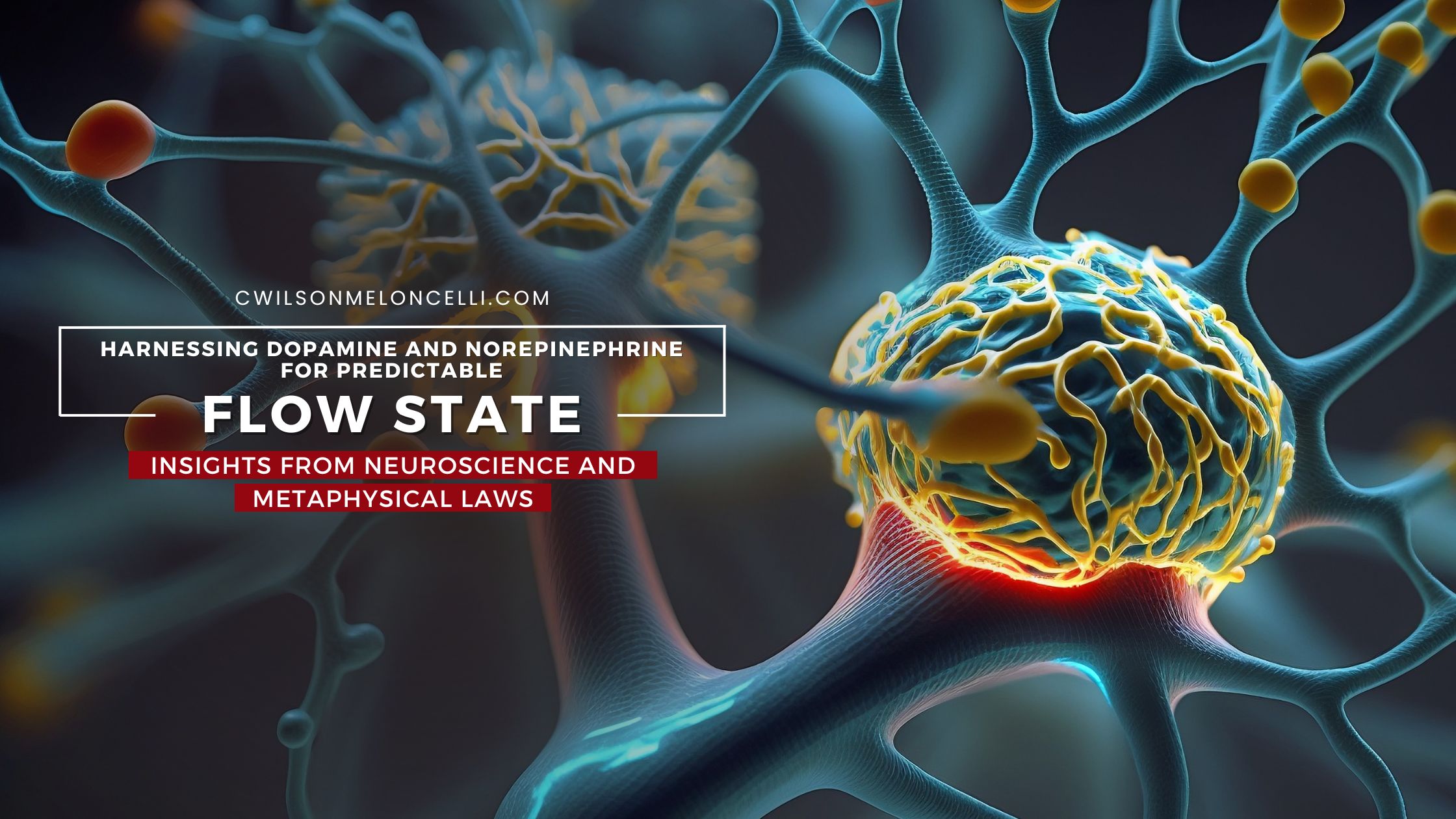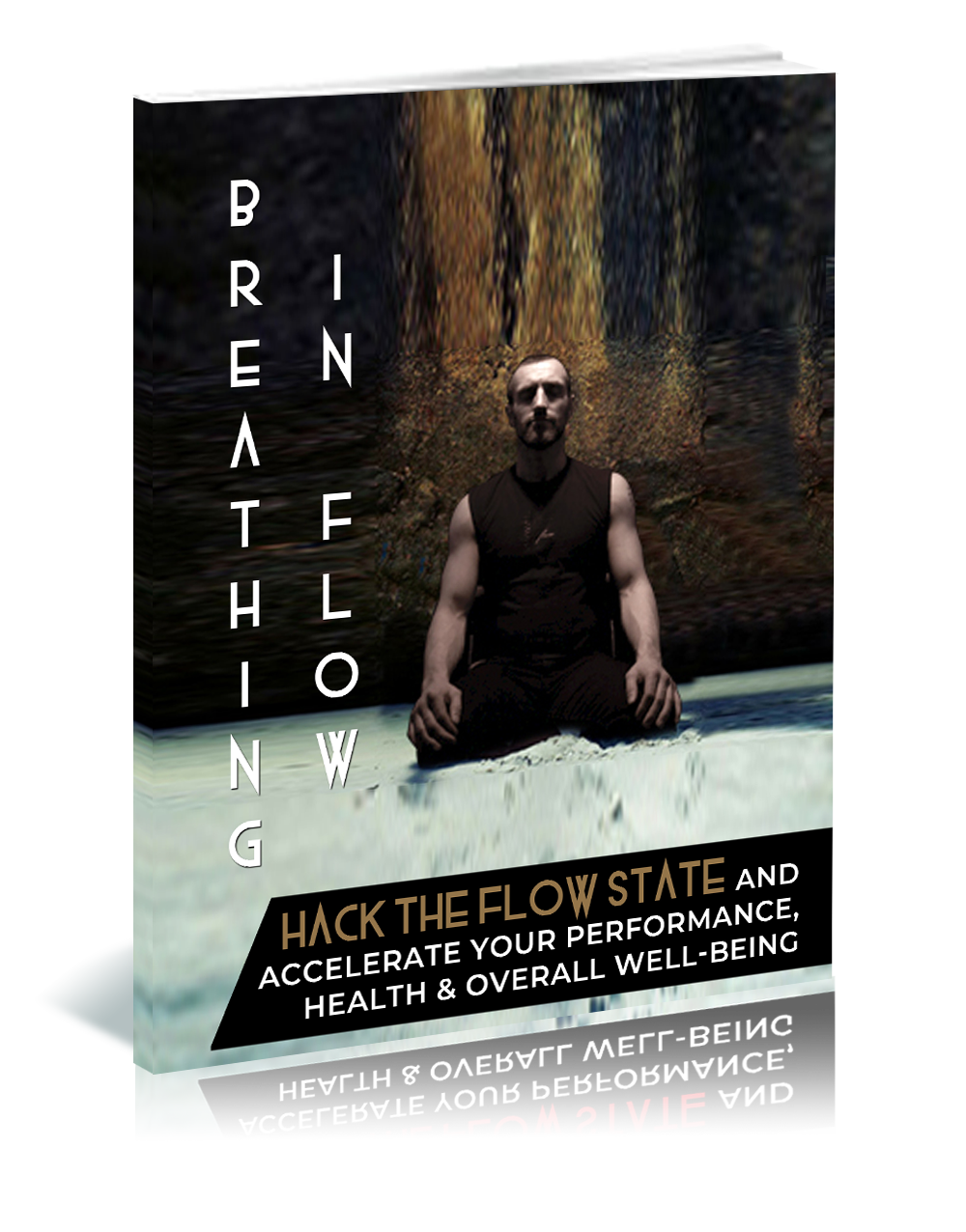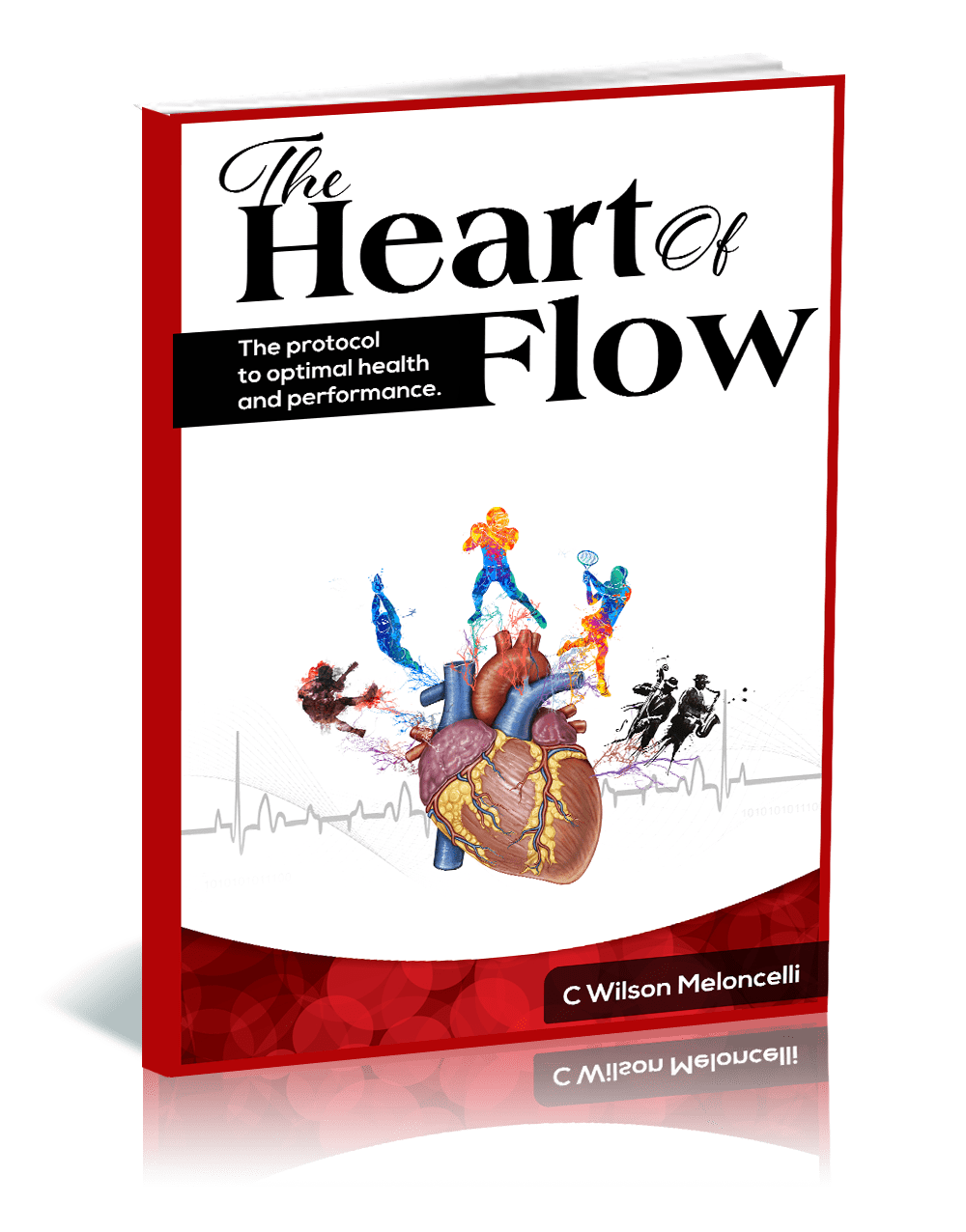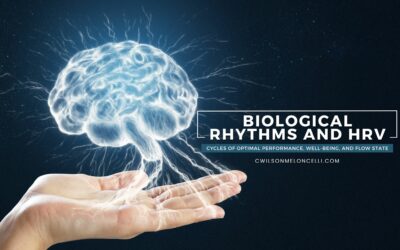
The concept of "flow," a state of heightened focus and immersion in activities, is a coveted state in both professional and personal realms. Psychological and neuroscientific research highlights the role of dopamine and norepinephrine as crucial neurotransmitters that facilitate this state. By understanding the mechanics of these neurotransmitters and applying the metaphysical laws of polarity and rhythm, as illustrated by Dr. Anna Lembke in her book "Dopamine Nation" using a see-saw analogy, individuals can potentially make entering the flow state a more predictable and controlled process.
The Neurochemical Foundation of Flow
Dopamine and norepinephrine are central to our brain's reward and alertness pathways. Dopamine is often associated with the pleasure system of the brain, promoting feelings of enjoyment and reinforcement to motivate a person proactively towards specific goals. Norepinephrine, on the other hand, acts as a stress hormone and neurotransmitter that increases arousal and alertness, enhances the formation and retrieval of memory, and focuses attention; it is also a crucial component in the body's "fight or flight" response.
In the context of flow, dopamine elevates our sense of pursuit and pleasure derived from engaging in the task at hand, while norepinephrine increases our capacity to concentrate and react. Together, they create a neurochemical environment conducive to flow, characterized by a deep focus that temporarily diminishes the awareness of time, space, and illusion of separation.
The See-Saw Analogy: Understanding Dopamine Balance
In "Dopamine Nation," Dr. Lembke presents the analogy of a see-saw to describe how dopamine regulates our perception of pleasure and pain. When dopamine levels are heightened as we engage in an activity that brings us joy, the brain's natural tendency is to try to restore balance over time, often leading to a decrease in dopamine receptors. This reduction can result in feeling less pleasure from the same activity over time or needing to increase the activity to achieve the same level of satisfaction, illustrating the fundamental law of polarity — every pleasure has its opposing pain.
The Laws of Polarity and Rhythm in Achieving Flow
The law of polarity ensures that an increase in pleasure is balanced by a potential increase in pain, highlighting the necessity of moderation. Overstimulation of the dopamine system can lead to burnout or dependence, where the pleasure derived from an activity significantly diminishes, and the pain or dissatisfaction increases.
The law of rhythm, which states that everything moves in cycles, can be applied to managing our dopamine and norepinephrine levels to sustain flow. By recognizing the natural cycles of engagement and disengagement that our bodies and minds undergo, we can better time our activities to coincide with periods of high neurochemical readiness. For instance, engaging in highly focused work might best be performed during peak mental alertness periods, followed by intervals of rest or less intense activities, allowing our dopamine and norepinephrine levels to recalibrate.
Practical Applications for Consistent Flow
Understanding these principles allows us to harness them towards achieving a more predictable flow state. Here are a few practical steps:
- Balanced Challenge: Engage in tasks that are challenging yet achievable to maintain interest and stimulation without causing frustration or anxiety.
- Scheduled High-Intensity Tasks: Plan to tackle the most demanding tasks during natural peaks in dopamine and norepinephrine levels, such as after exercise or a restful break.
- Mindful Recovery: Incorporate periods of low intensity or different activities to allow the neurochemical see-saw to rebalance, avoiding burnout.
- Routine and Rhythm: Establish a routine that aligns with your natural rhythms of energy and focus, leveraging the predictable cycles of engagement dictated by the law of rhythm.
- Tracking Heart Rate Variability (HRV): Monitor your HRV to gauge recovery and readiness for high-intensity activities. HRV is a powerful biomarker of autonomic nervous system balance and can indicate when your body is in an optimal state to achieve flow.
- Work with Ultradian Rhythms: Align work sessions with the body’s natural Ultradian rhythms, which are linked to the natural cycles of dopamine release. These rhythms suggest that energy levels peak and trough approximately every 90 to 120 minutes. Timing tasks with these peaks in dopamine can maximize engagement and enhance your ability to enter flow states.

Example of Application:
Consider a software development team at a tech company that has implemented these principles. They schedule their most complex coding tasks for mid-morning when their collective energy and focus are naturally higher. After about 90 minutes, they take a short break, during which they engage in light physical activity or relaxation exercises to reset their dopamine levels. This cycle of intense work followed by rest aligns with their Ultradian rhythms and has led to increased productivity and higher job satisfaction.
By integrating these strategies, including the see-saw model of dopamine, tracking HRV, and aligning with natural Ultradian rhythms, individuals and teams can enhance their ability to consistently achieve and maintain flow states. This holistic approach not only optimizes productivity but also supports overall well-being and satisfaction in their pursuits.
To learn more about how to harness your neurochemistry for flow watch this video tutorial.









